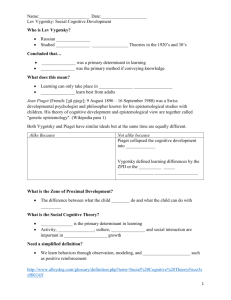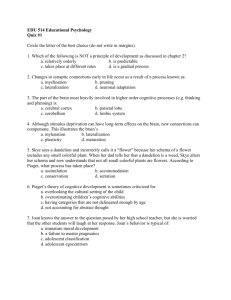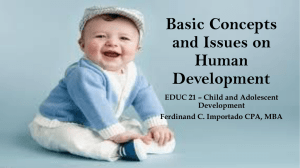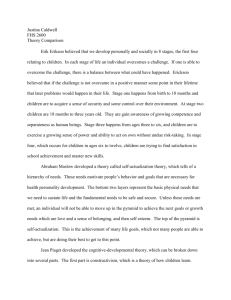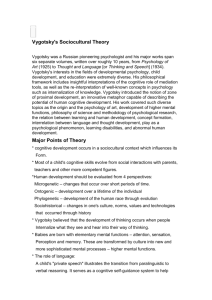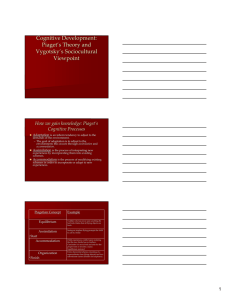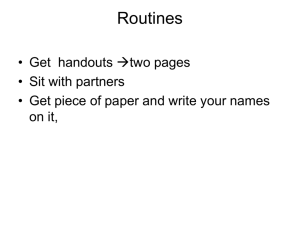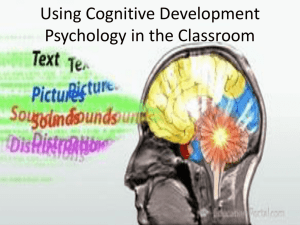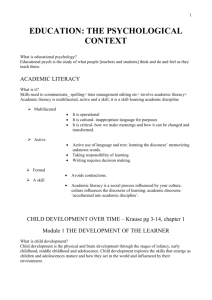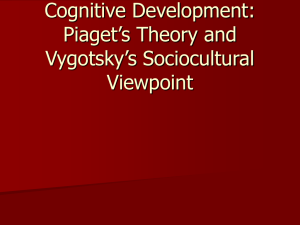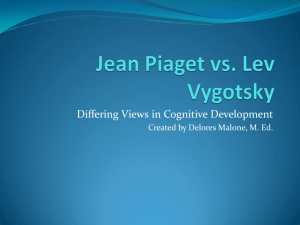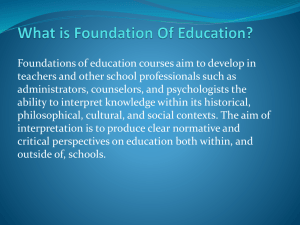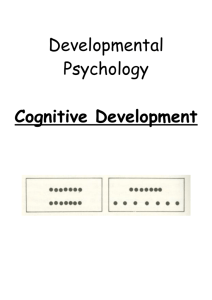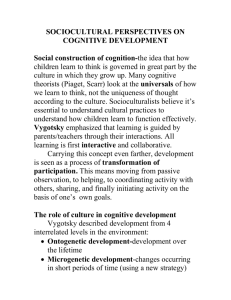The Life-Span Perspective The Life-Span Perspective The Life
advertisement
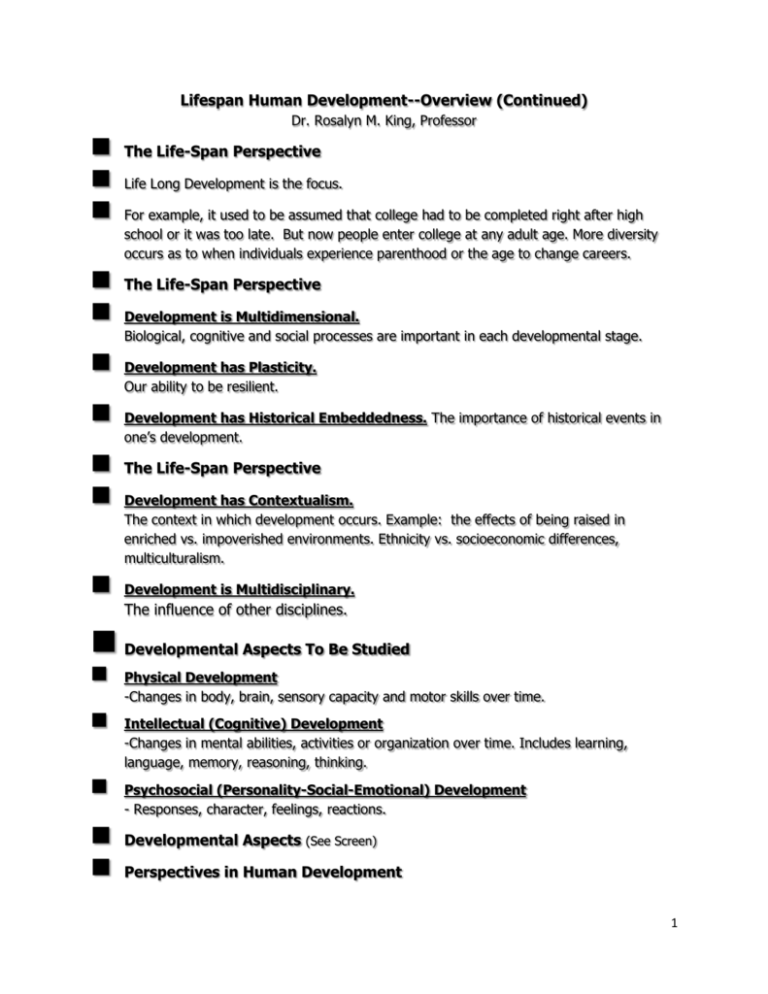
Lifespan Human Development--Overview (Continued) Dr. Rosalyn M. King, Professor The Life-Span Perspective Life Long Development is the focus. For example, it used to be assumed that college had to be completed right after high school or it was too late. But now people enter college at any adult age. More diversity occurs as to when individuals experience parenthood or the age to change careers. The Life-Span Perspective Development is Multidimensional. Biological, cognitive and social processes are important in each developmental stage. Development has Plasticity. Our ability to be resilient. Development has Historical Embeddedness. The importance of historical events in one’s development. The Life-Span Perspective Development has Contextualism. The context in which development occurs. Example: the effects of being raised in enriched vs. impoverished environments. Ethnicity vs. socioeconomic differences, multiculturalism. Development is Multidisciplinary. The influence of other disciplines. Developmental Aspects To Be Studied Physical Development -Changes in body, brain, sensory capacity and motor skills over time. Intellectual (Cognitive) Development -Changes in mental abilities, activities or organization over time. Includes learning, language, memory, reasoning, thinking. Psychosocial (Personality-Social-Emotional) Development - Responses, character, feelings, reactions. Developmental Aspects (See Screen) Perspectives in Human Development 1 Psychoanalytic, Learning, Cognitive, Humanistic, Ethological, Contextual Psychoanalytic (Freud & Erickson) Unconscious forces motivating development. Describes qualitative changes. Freud-psychosexual dev. Id, Ego, Superego-structures of personality. Psychosocial development-Erickson. Societal and cultural influences. Miller’s relational theory – personality develops in context of emotional relationships. Learning (Behaviorists & Social Learning) Development results from learning. Development is continuous. Behaviorism – study of observable behavior. (classical, operant conditioning, reinforcement, punishment, extinction & shaping). Social learning and modeling. People learn by observing and imitating models. Acknowledges importance of cognition. People learn in social context. Cognitive (Piaget & Vygotsky) People are active agents in own development. Focuses on qualitative changes in behavior. Change proceeds from inside out. Piaget: at core of behavior is inborn ability to adapt to environment. Piaget: It is humans’ interaction with environment and what is learned from experience that contributes to cognitive development. Interaction with environment and maturation contributes to cognitive maturity. Cognitive (Piaget & Vygotsky) 2 Lev Vygotsky: It is the interaction of the child with significant persons in his or her environment that contributes to cognitive development and language. Role of culture in cognitive development. Humanistic (Maslow & Rogers) People are basically good. People are able to foster own development (take charge of their lives) in healthy and positive ways. Maslow’s hierarchy of needs. Humanism is an optimistic, positive model. Humanists maintain that human nature is either neutral or good. Negative characteristics are the result of damage inflicted on the developing self. Ethological (Bowlby & Ainsworth) Focuses on biological and evolutionary bases of behavior. Critical or sensitive periods are stressed. Relies on naturalistic observation. A variety of innate species-specific behaviors have evolved to increase the odds to survival. Attachment theory. Contextual (Vygotsky) Human development can be understood in its social context. The individual is not a separate entity interacting with the environment, but an inseparable part of it. Emphasizes individual differences. Includes socio-cultural development. 3
